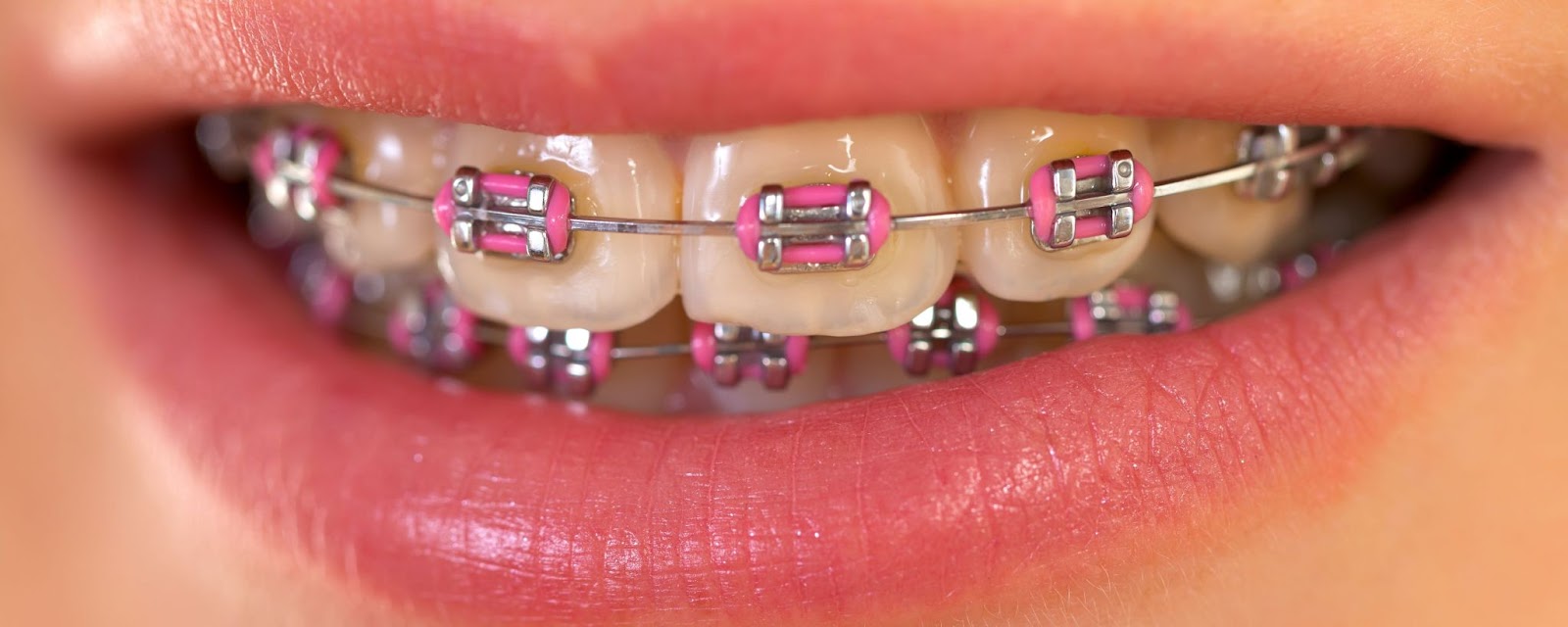Wondering about Invisalign vs braces and which is faster? You’re not alone.
Many patients at City Orthodontics in Toronto ask this same question when starting orthodontic treatment.
If you are choosing between Invisalign and braces, the answer isn’t just about which one works faster.
The best choice depends on your dental needs, commitment, lifestyle, and treatment goals.
In this guide, we will explain the main differences between Invisalign and braces regarding speed, effectiveness, and experience so you can select the best option for your smile.
Traditional metal braces are what most people think of when they consider orthodontic treatment.
They’re made up of brackets that stick to each tooth, with wires connecting them.
Those wires put a bit of gentle pressure on your teeth to nudge them into place.
Braces can tackle many dental problems like crowded teeth, gaps, overbites, and underbites.
This type of braces has been the standard choice because it works well and gets results.
Today, modern metal braces are smaller and more comfortable than before.
Here are some reasons you might choose to get braces or decide against them:

Invisalign is a modern orthodontic treatment.
Instead of the classic metal brackets and wires, it uses clear aligners that are custom-made just for you.
These aligners are removable and nearly invisible, offering a discreet alternative to traditional metal braces.
You change the aligners every few weeks, gradually shifting your teeth into the correct position.
Invisalign is the leading brand of clear aligners and has its own method for cleaning them.
While Smile Direct Club is another option out there, we definitely lean towards Invisalign.
Here are some pros and cons of using Invisalign:
If you’re wondering if it affects your jaw, we have an article that answers that question.

At City Orthodontics, we specialize in Invisalign and offer tailored treatment for teens and adults across Ontario. Book an appointment to start your journey.
Braces usually work faster for complex dental issues, while Invisalign is quicker for mild to moderate cases.
For instance, patients with minor crowding or spacing can finish Invisalign treatment in just 3 to 6 months.
Traditional metal braces are effective for fixing serious alignment problems because they apply constant pressure.
They usually take about 12 to 36 months to work.
This is especially true for problems with the jaw or bite, but sometimes surgery is needed.
Invisalign treatments for moderate cases typically take 6 to 18 months, depending on how well the patient wears the aligners for 20 to 22 hours a day.
Overall, Invisalign may be faster for simple corrections, while braces are often better for complicated needs.
1. Complexity of your case
Braces are better for complicated bite issues, big gaps, or twisted teeth.
Invisalign works faster for small adjustments.
2. Patient compliance
Invisalign aligners need to be worn for 20–22 hours a day.
If you forget or take them out too often, your treatment will take longer.
Braces are fixed in place, so they work all the time.
3. Orthodontist expertise
At City Orthodontics, our orthodontists use advanced 3D imaging and custom treatment plans for both braces and Invisalign.
Our experience helps us choose the best method for your needs, often leading to shorter treatment times.
4. Technology and tools
Braces need manual adjustments every 4–6 weeks.
Invisalign uses digital scans, virtual tracking, and pre-made tray sequences, which can speed up mild-to-moderate corrections.
At City Orthodontics, we offer Accelerated Orthodontics to get your teeth moving faster.
We use advanced tools like vibration devices and micro-osteoperforation to speed up both braces and Invisalign treatments.
Picking the right plan based on what you want can also cut down your treatment time.
During your first visit, our orthodontists will help you create a plan that's effective and aimed at giving you the best results.
It really depends on your situation.
Consider Invisalign if you have mild to moderate crowding, prefer fewer trips to the dentist, can consistently wear the aligners, and want a solution that’s nearly invisible.
On the other hand, choose braces if you’re dealing with serious alignment issues, need to fix your jaw, want a no-fuss treatment, and don’t mind showing off some metal.
At City Orthodontics, we specialize in Invisalign treatments, but we also:
Whether you prefer clear aligners or metal braces, our skilled orthodontic team will help you choose the best option quickly and confidently.
Deciding between Invisalign and braces isn’t just about how fast you can get results.
You’ve got to think about what fits your lifestyle, your dental needs, and your long-term goals.
Braces can sometimes work quickly for more complicated issues.
But if you’re looking for something comfortable and discreet for milder corrections, Invisalign could be the way to go, especially if you use it the right way.
Schedule your consultation at City Orthodontics to figure out whether Invisalign vs braces are the best fit for you.
.svg)